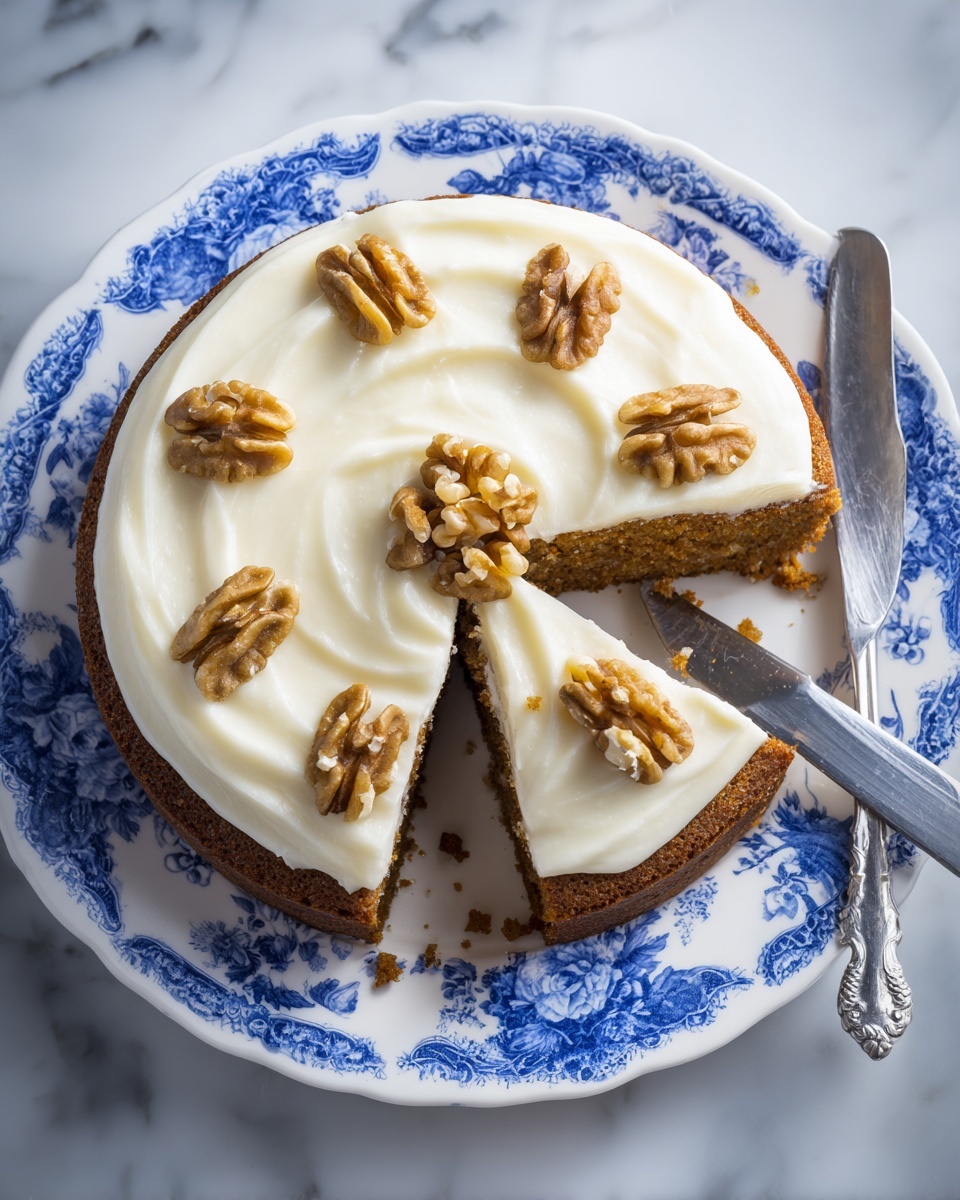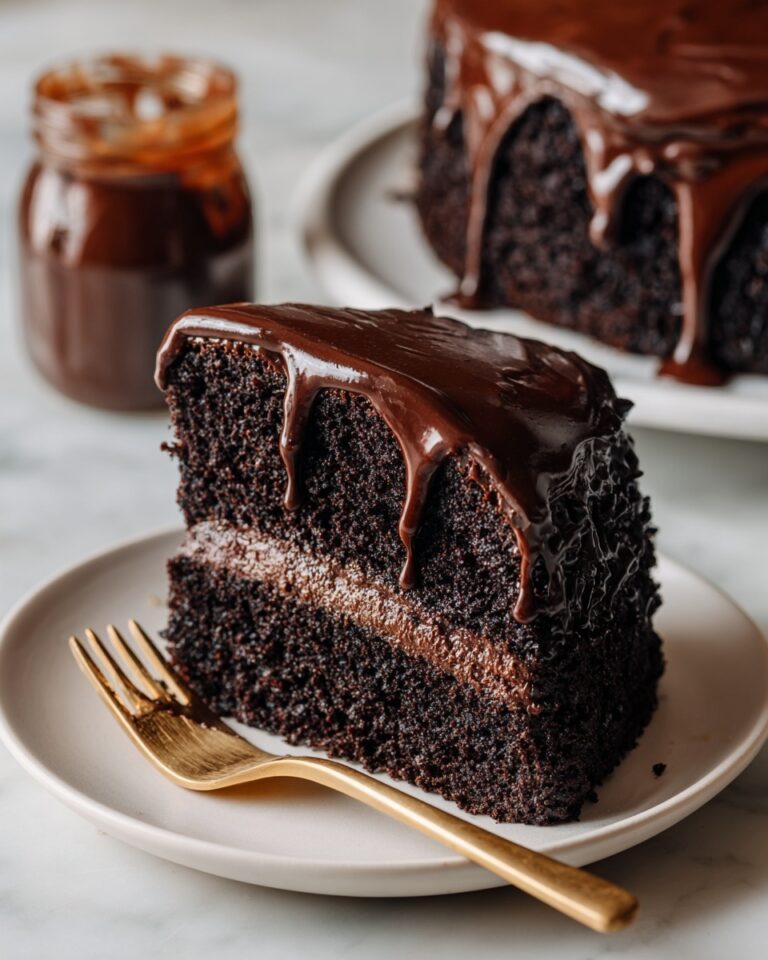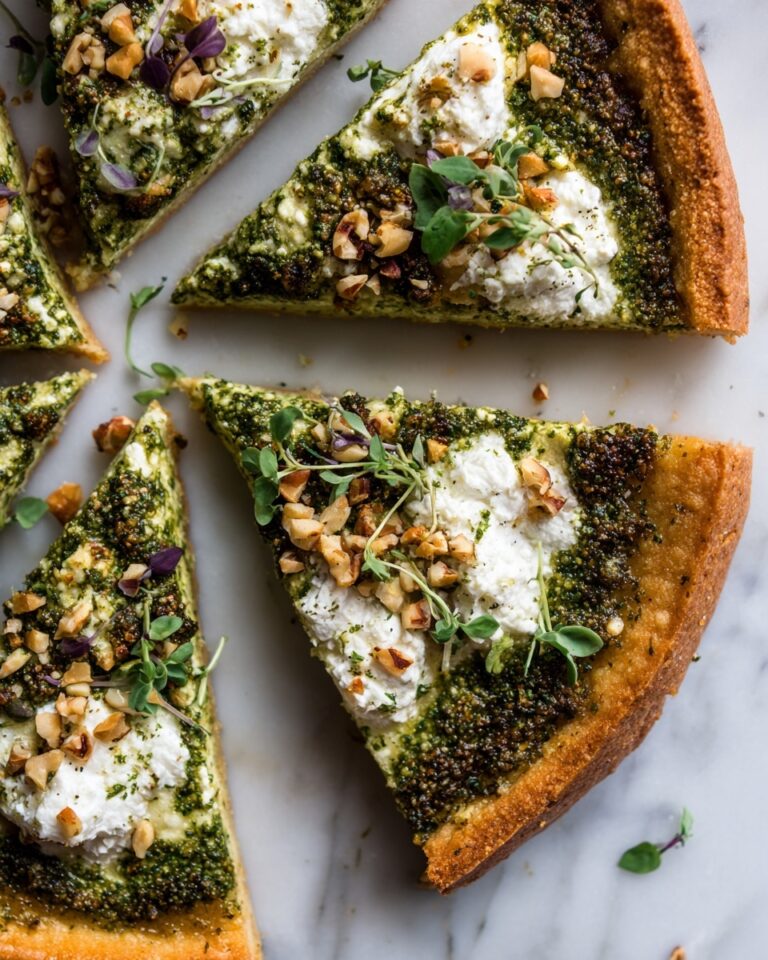If you have been searching for a wonderfully moist, tender, and utterly satisfying dessert that doesn’t skimp on flavor or texture, then this Gluten-Free Amaranth Cake Recipe is your new best friend. Combining the unique nutty flavor of amaranth with the reliability of gluten-free measure-for-measure flour, this cake offers a perfect balance of heartiness and lightness. Perfect for those avoiding gluten yet craving something deliciously homemade, this cake is about creating joy through simple ingredients and straightforward techniques that yield an irresistible treat every time.

Ingredients You’ll Need
These ingredients are simple but carefully chosen to provide the ideal texture, flavor, and rise for this cake. Each one plays a crucial role, making the Gluten-Free Amaranth Cake Recipe a seamless success in your kitchen.
- 1 cup amaranth flour: Offers a delightful earthy nuttiness and a dense yet tender crumb.
- 1 cup gluten-free measure-for-measure flour: Ensures the cake rises well and holds together beautifully with the help of xanthan gum.
- 1 tablespoon baking powder: Acts as the main leavening agent to give the cake its airy lift.
- ½ teaspoon baking soda: Boosts the rise and balances acidity for perfect texture.
- 1 large egg: Adds structure, moisture, and richness, binding everything perfectly.
- ⅓ cup neutral oil: Keeps the cake moist without overpowering the flavors.
- ⅓ cup granulated sweetener (coconut sugar): Brings natural sweetness and a subtle hint of caramel.
- 1 teaspoon vanilla extract: Elevates the flavor with warm, fragrant notes.
- 1 cup milk or plant milk: Provides moisture and helps meld all ingredients together seamlessly.
- ½ teaspoon salt: Enhances the overall flavor profile and balances sweetness.
How to Make Gluten-Free Amaranth Cake Recipe
Step 1: Sift the Dry Ingredients
Start by sifting together your amaranth flour, measure-for-measure gluten-free flour, baking powder, baking soda, and salt. This crucial step incorporates air and removes lumps, which helps your Gluten-Free Amaranth Cake Recipe rise evenly and have a lighter texture than a simple mix would achieve.
Step 2: Whisk the Wet Ingredients
In a separate bowl, whisk the egg, granulated sweetener, oil, and vanilla extract until the mixture becomes smooth and starts to ribbon off your whisk. This gentle aeration adds extra lift and ensures the cake will be tender and moist, so take a moment here to really combine everything well.
Step 3: Combine Dry and Wet
Gently fold half of the dry ingredient mixture into the wet mixture using a spatula, then fold in the remaining half. This gradual mixing method prevents overworking the batter, preserving the lightness built in the previous steps. The batter should flow smoothly without being runny or stiff.
Step 4: Gather the Batter
Use your spatula to scrape the sides and bottom of the bowl to bring any stray flour into the batter. This ensures your batter is perfectly mixed and your cake bakes with an even crumb. Taking this little extra time pays off beautifully in the final product.
Step 5: Prepare the Baking Pan
Lightly oil an eight-inch cake pan to prevent sticking, then pour the batter into the center. Gently spread it evenly across the bottom of the pan to encourage uniform baking so every slice comes out perfectly cooked and delicious.
Step 6: Bake Until Golden and Cooked Through
Bake on the center rack at 350°F for approximately 35 minutes. Don’t rush checking—insert a toothpick about two-thirds into the baking time and again near the end until it comes out clean. Waiting until the cake is fully done avoids that gummy texture no one wants.
Step 7: Cool the Cake Properly
Once baked, allow the cake to rest in its pan for about 10 minutes to set the crumb. Carefully invert onto a wire rack to cool completely before serving. This step is key to letting your slices hold together beautifully and maintain an inviting, moist texture.
How to Serve Gluten-Free Amaranth Cake Recipe

Garnishes
To enhance the natural nutty flavors of this Gluten-Free Amaranth Cake Recipe, try garnishing with fresh berries, a dusting of powdered coconut sugar, or a drizzle of a citrus glaze. These touches add brightness and depth, making each bite irresistible and inviting.
Side Dishes
This cake pairs beautifully with a dollop of whipped coconut cream or a scoop of dairy-free vanilla ice cream. Both options complement the cake’s moist crumb and nutty undertones without overwhelming the subtle, yet rich flavor profile.
Creative Ways to Present
For a special occasion, slice the cake into neat squares and layer with fruit preserves or vegan cream cheese to create mini cake sandwiches. Another fun idea is to transform leftovers into trifles by layering cake chunks with yogurt and fresh fruit—delicious and almost effortless!
Make Ahead and Storage
Storing Leftovers
Keep any leftover cake wrapped tightly in plastic wrap or stored in an airtight container to maintain moisture. Stored at room temperature for a couple of days, this Gluten-Free Amaranth Cake Recipe stays fresh and delicious, perfect for snacking or dessert later on.
Freezing
If you want to save the cake for longer, wrap it tightly in plastic wrap and then foil before freezing. It freezes and thaws beautifully, making it easy to enjoy this tasty treat whenever the craving strikes without any loss in quality.
Reheating
To reheat, gently warm slices in a low oven or microwave for 15 to 20 seconds just to bring back softness without drying it out. You’ll find it almost as fresh as when first baked, making quick enjoyment a breeze.
FAQs
Can I substitute the amaranth flour with another gluten-free flour?
While you can substitute another gluten-free flour, amaranth brings a unique nutty taste and dense texture that defines this recipe. Using other flours may alter flavor and texture, so stick to amaranth for the best results.
Is it necessary to sift the dry ingredients?
Yes, sifting helps remove lumps and incorporates air, which is critical for achieving the light texture that sets this Gluten-Free Amaranth Cake Recipe apart from denser gluten-free cakes.
Can I make this cake vegan?
You can replace the egg with a flax or chia egg and use plant-based milk, but expect slight changes in texture and rise. The original recipe’s egg contributes to the light, airy crumb that makes this cake so delightful.
What is the role of baking soda in this recipe?
Though there is only a small amount, baking soda helps balance the acidity from ingredients like the sweetener or milk, improving rise and creating a tender crumb in your cake.
How long will this cake keep fresh?
This cake stays moist and fresh for about 2 to 3 days stored at room temperature in an airtight container, making it a great make-ahead dessert for small gatherings or family treats.
Final Thoughts
I truly hope you give this Gluten-Free Amaranth Cake Recipe a try—it’s a wonderful way to enjoy a wholesome, gluten-free dessert that doesn’t feel like a compromise. With its beautiful texture and rich flavors, it’s bound to become a favorite in your recipe collection. Baking this cake is like sharing a warm hug from the inside out, and I can’t wait for you to experience that same joy!
Print
Gluten-Free Amaranth Cake Recipe
- Prep Time: 15 minutes
- Cook Time: 35 minutes
- Total Time: 50 minutes
- Yield: 8 servings
- Category: Dessert
- Method: Baking
- Cuisine: Gluten-Free
- Diet: Gluten Free
Description
This Gluten-Free Amaranth Cake is a light and fluffy dessert made from nutrient-rich amaranth flour and a gluten-free flour blend. Perfect for those with gluten sensitivities, it offers a delicate vanilla flavor balanced by a mild sweetness from coconut sugar, making it a wholesome and delicious treat for any occasion.
Ingredients
Dry Ingredients
- 1 cup amaranth flour (fine grind, sifted)
- 1 cup gluten-free measure-for-measure flour (with xanthan gum)
- 1 tablespoon baking powder (aluminum-free)
- ½ teaspoon baking soda (fresh)
- ½ teaspoon salt (fine table salt)
Wet Ingredients
- 1 large egg (room temperature)
- ⅓ cup neutral oil (refined avocado oil)
- ⅓ cup granulated sweetener (coconut sugar)
- 1 teaspoon vanilla extract (pure)
- 1 cup milk or plant milk (unsweetened almond milk)
Instructions
- Mix Dry Ingredients: In a large bowl, sift together the amaranth flour, gluten-free flour blend, baking powder, baking soda, and salt. This step incorporates air and removes lumps to ensure even leavening.
- Combine Wet Ingredients: In a separate bowl, whisk the egg, coconut sugar, oil, and vanilla extract until smooth with a ribbon-like texture to incorporate air for a lighter texture.
- Fold Dry into Wet: Gently fold half of the dry mixture into the wet ingredients with a spatula, then fold in the remainder carefully, taking care not to overmix to retain the batter’s aeration.
- Gather Batter: Use a spatula to scrape along the edges of the bowl to ensure all dry ingredients are incorporated evenly.
- Prepare Pan and Pour Batter: Lightly oil an eight-inch cake pan and pour batter into the center, spreading it evenly to promote uniform baking.
- Bake the Cake: Bake on the center rack in a preheated 350°F oven for about 35 minutes. Test doneness with a toothpick inserted into the center; it should come out clean.
- Cool the Cake: Let the cake rest in the pan for 10 minutes, then invert onto a cooling rack to cool completely. This final step sets the cake crumb, ensuring firm slices.
Notes
- Ensure all flours are finely ground and sifted for a smoother cake texture.
- Use fresh baking soda for optimal rise and flavor.
- Do not overmix the batter to avoid a dense texture.
- Cake is best enjoyed within 2 days, and can be stored covered at room temperature.
- Substitute plant-based milk to make this recipe dairy-free.
- Use a toothpick test to confirm doneness, avoiding under- or over-baking.








